#world war 1 canada
Text
"We don’t know a lot. I’m guessing the three men never met in life. Two were buried in the summer of 1915. In February 1916, the third of them died. They might have known each other before they got to Kingston — but since we don’t know where they came from, or when they arrived, there’s no way of knowing. They weren’t the only ones who died in captivity — 20 men succumbed after being confined in Kingston’s Rockwood Asylum for the Criminally Insane, also known as the Rockwood Lunatic Asylum. Eight were misidentified as “Austrians” while the other 12 were Germans. All were branded as “enemy aliens” during Canada’s first national internment operations of 1914-1920. “Dozens” of those deemed “insane,” collected from various asylums across Canada, were among the 2,000 or so “aliens” returned to Europe after the war. The first repatriates sailed in July 1919 aboard the SS Sicilian. The last batch were on the SS Melita, which steamed east from St. John in March 1920. None of them had any choice. They were deported whence they came.
The Rockwood three we know something about were named Dezső Benscura, Walter Grooham and Andreas Moritsky. Whether those are accurate renderings of their names, recorded by immigration officials or jailers who had little knowledge or interest in the languages, nations or faith groups of eastern Europe, I can’t say. As noted on Sept. 30, 1920, in a final report tabled by General Sir William Desmond Otter, the officer in charge of the Office of Internment Operations, 8,579 men along with 81 women and 156 children, were herded into 24 camps behind Canadian barbed wire. Of that number, 106, a majority of them “Austrians,” were deemed “insane” and placed in provincial institutions — at Ponoka, Alta.; Essondale, B.C.; Brandon, Man.; Hamilton, Rockwood, and Mimico, Ont.; St Jean de Dieu, Que.; with three other internees hospitalized in Nova Scotia. Only one man, an “Austrian,” died of “insanity.” What killed the other two at Rockwood is not preserved in the historical record.
Gen. Otter claimed that “great care was observed in having the cause of death established and recorded, the place of burial marked, due regard being paid to the latter ceremony, while the effects of the deceased were cared for and whenever possible their nearest of kin informed.”
Records were kept about some deaths, like the names of the six men killed attempting to escape including the dates on which they were shot. And perhaps the possessions of some of the 107 deceased internees were, somehow, returned to their families. But the three buried in Kingston were laid to rest in unmarked graves, somewhere within the confines of St Mary’s Roman Catholic Cemetery, no one knows exactly where. That they ended up in this burial ground is likely because they were Catholics, as many immigrants from the Austro-Hungarian Empire would have been. Or perhaps it was because their mortal remains were not wanted at the Cataraqui Cemetery, a territory then reserved for this city’s Anglo-Celtic and Protestant elites.
Were they buried close to each other? No one knows. Was a prayer said over each man before he was covered, as Gen. Otter wrote? I hope so. But I doubt that any of their family members or friends left in the “old country” — somewhere in that multinational, multi-confessional, and multilingual Austro-Hungarian Empire that would itself disintegrate at the end of the First World War — would ever find out what happened. These men simply disappeared. Having left their homelands hoping for a better life they never suspected that arriving with an Austro-Hungarian passport would mark them, under the terms of the War Measures Act, as “enemy aliens,” subject to detention and forced labour. Even more galling was that they knew they had done no wrong. They had immigrated legally. They were not criminals. And yet, following the outbreak of the Great War, they found themselves suddenly treated as prisoners-of-war, without just cause. Thousands of Ukrainians and other Europeans suffered various state-sanctioned indignities. For many, the racism and xenophobia they endured would be debilitating."
- Lubomyr Luciuk, "They will be remembered together," Kingston Whig-Standard. July 14, 2023. Opium Column.
#kingston ontario#death in custody#internment camps#enemy aliens#ukrainian canadians#ukrainian immigration to canada#world war 1 canada#rockwood asylum#the asylum as prison#dangerous foreigners#politics of memory#world war 1#graveyard#canadian history
2 notes
·
View notes
Text
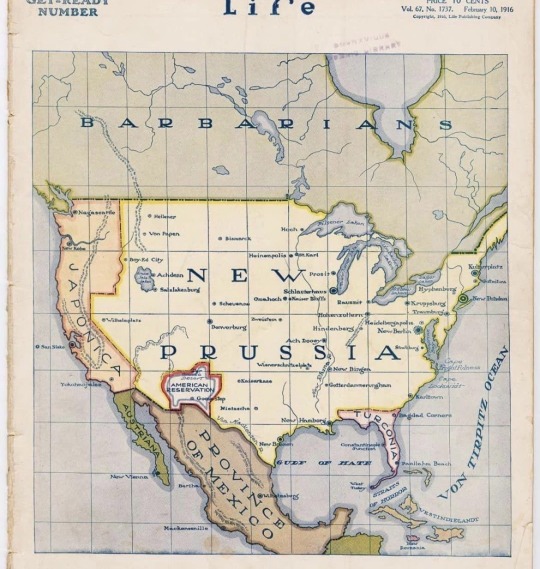
Propaganda made by the allies of WW1 of what could happen to the United States if the Central Powers won.
#world war one#first world war#wwi#canadian history#canada#war history#world war#ww1#world war 1#world history#great war#The First World War#The Great War#1918#1917#1916#1914#1915#germany#german army#historical photos#history#British history#british army#military history#cgwc#remembrance day#canada remembers#november 11
10K notes
·
View notes
Text
Adventures in Librarian-ing
I was reading from the picture book Finding Winnie: The True Story of the World's Most Famous Bear by Lindsay Mattick to classes for Remembrance Day back at the beginning of November.

As we got to the end, one student would always ask if Winnie was still alive, to which I would gently remind them that Winnie lived a hundred years ago, so she had died quite a while back.
When they'd look sad I'd add "But she died old, fat, and very happy and pampered, so she lived a good life."
And all the kids would start laughing.

#school librarian#school libraries#librarylife#libraryland#the real life of me#canada#libraries#elementary school#remembrance day#winnie the pooh#winnipeg#world war i#world war 1
94 notes
·
View notes
Text

9 October 1918, Canadian soldiers pick their way through the ruins of Cambrai. In the back ground is the Église Saint-Géry de Cambrai. Archives of Ontario C224-0-0-10-37. Colourised by Doug.
95 notes
·
View notes
Text

Canadian machine gunners positioning themselves in shell holes during the Battle of Vimy Ridge, 1917 (WW1).
#canada#canadian history#history#military history#sketch#traditional drawing#traditional sketch#warfare#world war 1
43 notes
·
View notes
Text
#talkin#tik tok#canada#michigan#wolves#moose#wwi#wwii#world war ii#world war 2#world war 1#world war i#world war two#world war one#youthpastorryan
12 notes
·
View notes
Text
29 notes
·
View notes
Photo
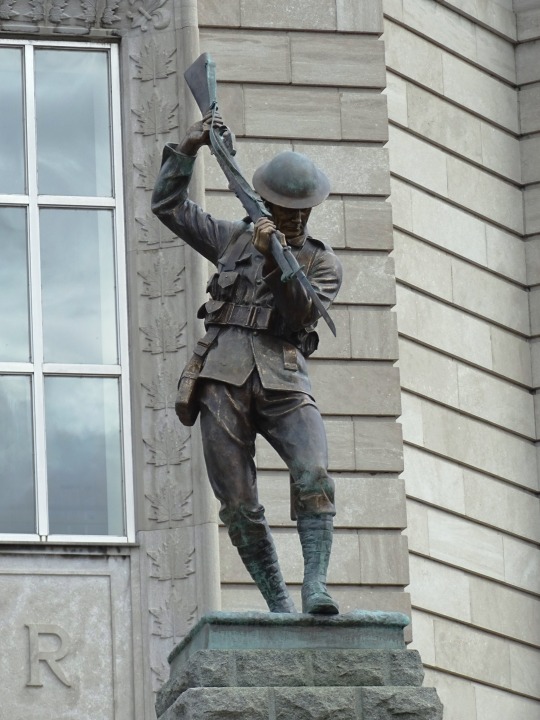
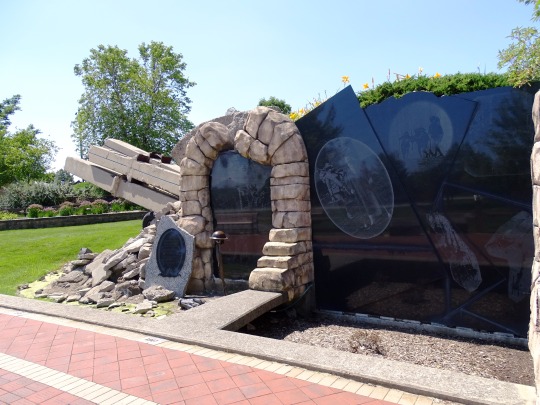

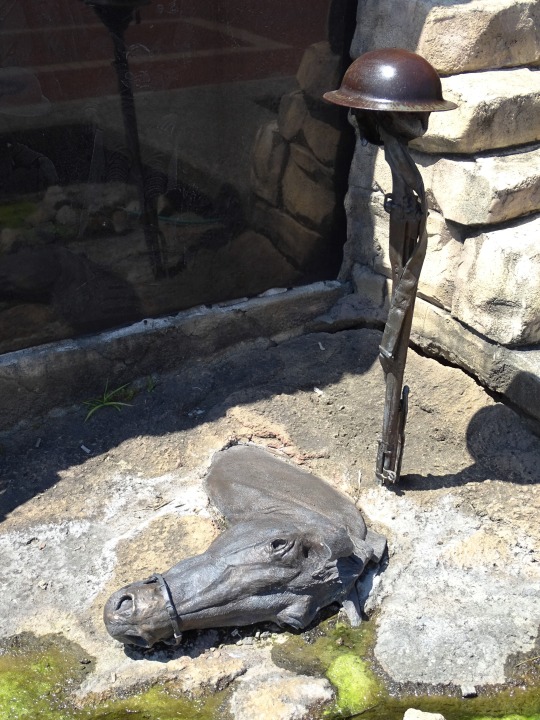

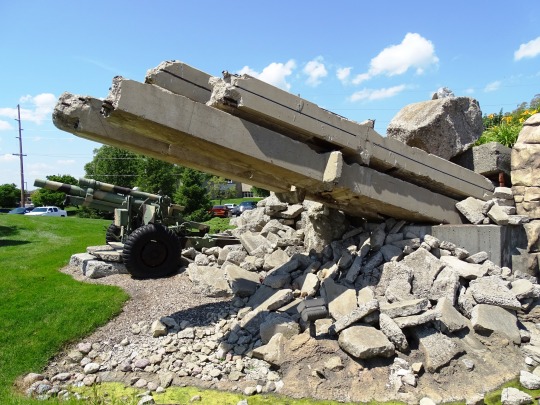
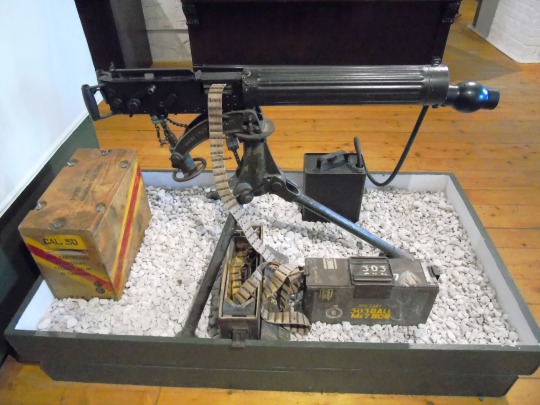

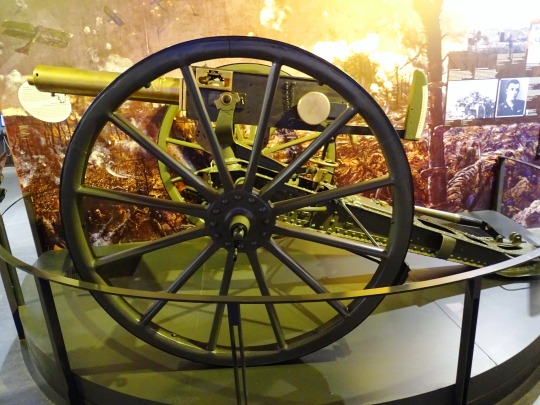
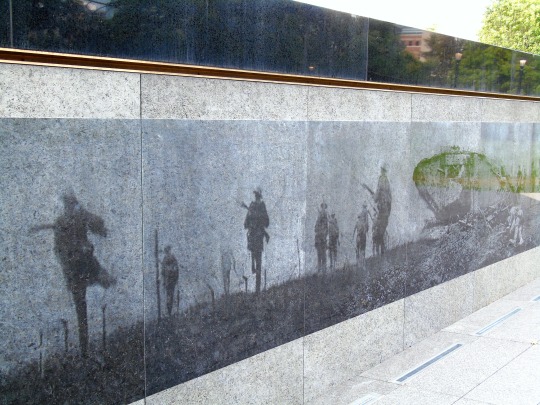
World War I: Germany signed an armistice agreement with the Allies in a railroad car in the forest of Compiègne on November 11, 1918.
#Omri Amrany#World War 1 Monument#Community Veterans Memorial#travel#Munster#Indiana#Allan Harding MacKay#Toronto#Canada#Ontario#USA#11 November 1918#anniversary#history#WWII#World War Two#vacation#Ontario Veterans Memorial#Trois-Rivières#Québec#sculpture#cityscape#Monument to the Brave by Cœur-de-Lion McCarthy#Vimy Ridge Cross#Québec Citadelle#Halifax Citadel National Historic Site of Canada#Ottawa#National War Memorial by Vernon March
68 notes
·
View notes
Text
Late happy remembrance day ⚘️

#ww1 art#ww1 history#countryballs#country#canada#in flanders fields#john mccrae#alexis helmer#ww1#wwi#country humans#world war 1#11 november 2023#my art
5 notes
·
View notes
Text




Canada Memorial, Green Park, London
#mine#history#ww1#world war 1#seeing as it's remembrance sunday#and everyone is talking about rilla of ingleside#canada#war memorial#london#green park#photography
4 notes
·
View notes
Text
Uranus Turns Direct, Viva La Revolution
File:Eugène Delacroix – Liberty Leading the People (28th July 1830) – WGA6177.Jpg. In Wikipedia. https://commons.wikimedia.org/wiki/File:Eug%C3%A8ne_Delacroix_-_Liberty_Leading_the_People_(28th_July_1830)_-_WGA6177.jpg
Let the revolutions begin. Uranus, the modern ruler of Aquarius, is considered the Higher Octave of Mercury stations. Direct January 26 at 11:35 pm PST, January 27 at 2:35 am EST,…
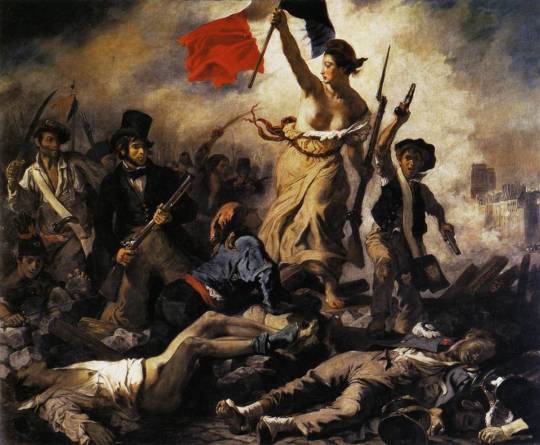
View On WordPress
#Astrology psychic Tarot card reader Tara Greene#astrology workshops Tara Greene Toronto#Bitcoin#Canada&039;s 1 Psychic Voted and Certified Psychic#Civil War 2.0#corporate and media psychic tarot reader astrologer#corporate astrology Tarot consultant Tara Greene#protests#psychic spiritual consultant Tara Greene Toronto#Tara Greene women&039;s spirituality workshops#Texas#world news
0 notes
Photo
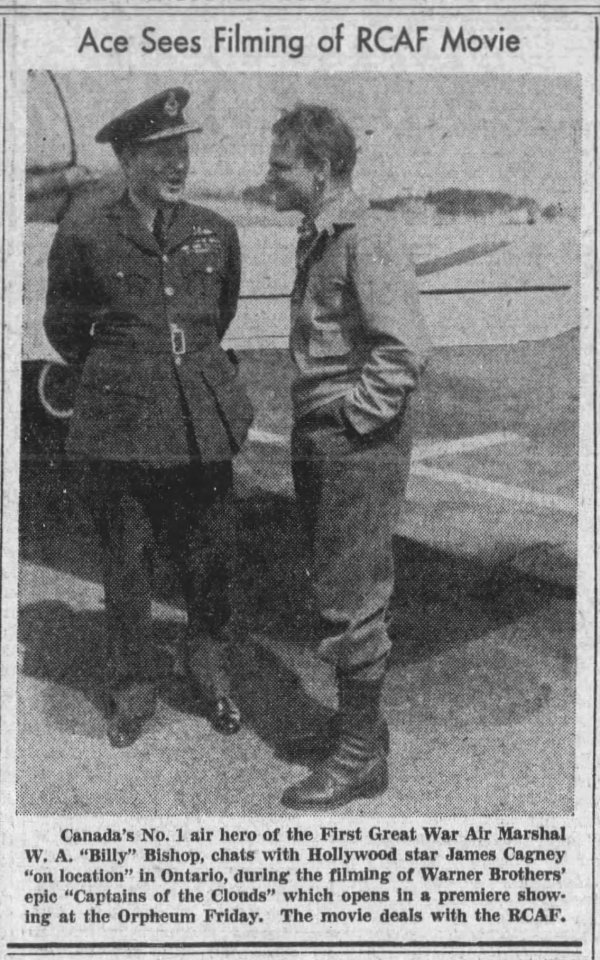
“Ace Sees Filming of RCAF Movie,” Vancouver Sun. February 7, 1942. Page 7.
----
Canada's No. 1 air hero of the First Great War, Air Marshal W. A. "Billy" Bishop, chats with Hollywood star James Cagney "on location" in Ontario, during the filming of Warner Brothers' epic "Captains of the Clouds" which opens in a premiere showing at the [Vancouver] Orpheum Friday. The movie deals with the RCAF.
#vancouver#movie premiere#james cagney#bill bishop#fighter ace#royal canadian air force#world war 1#world war 1 canada#canada during world war 2#warner brothers
18 notes
·
View notes
Text

Painting depicting a Canadian 6-inch howitzer supports British troops in the attack on Thiepval on 16 July 1916 during the Somme offensive. The artist captures the exhaustion of the gunners, who appear to have been firing for hours. Prolonged exposure to the noise and shock artillery fire would rupture eardrums and ruin hearing. Most gunners suffered at least partial deafness as a result of their war service.
#historical photos#world war 1#history#1917#canadian history#Canada#world war 1 stories#ww1#ww1 poetry#ww1 stories#ww1 art#ww1 history#wwi#world war one#The Great War#The First World War
106 notes
·
View notes
Text
The Battle of Passchendaele (Also Known as the Third Battle of Ypres) Ended on November 6, 1917, with a Hard-Won Victory by British and Canadian Soldiers at the Belgian Village of Passchendaele. November 6, 1917.
Image: Soldiers of an Australian 4th Division field artillery brigade on a duckboard track passing through Chateau Wood, near Hooge in the Ypres salient, 29 October 1917. (Public Domain)
On this day in history, November 6, 1917, after more than three months of vicious combat, the Battle of Passchendaele (also known as the Third Battle of Ypres) ended on November 6, 1917, with a hard-won victory…
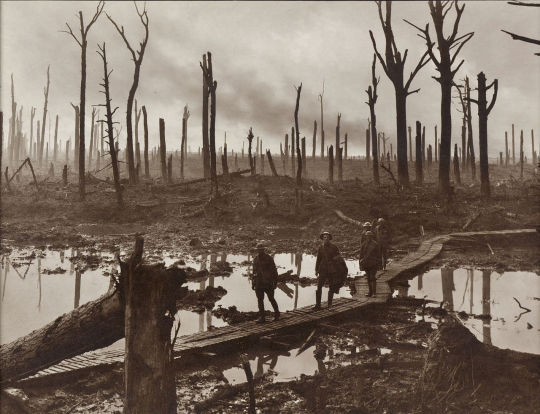
View On WordPress
0 notes
Photo

On this day 26 July 1936, the Vimy Ridge Memorial was officially unveiled by Edward VIII. It commemorates the Canadians who perished in WWI and specifically the names of the 11,285 Canadian servicemen killed in France whose final resting place is unknown.
Painting: "Unveiling Vimy Ridge Monument", 1936, by Georges Bertin Scott.
#ww1#world war one#world war 1#first world war#canada#canadian#canadian army#history#british empire#military history
138 notes
·
View notes
Text
Cannons from WW1 that Canadian troops captured from the Germans one of which the Germans blew up and I think that's a cannonball inside it. On the back of one of the cannons is the emblem of RW2(i think going by the photo.) One of them was captured after the war of Vimy Ridge might be the exploded boy
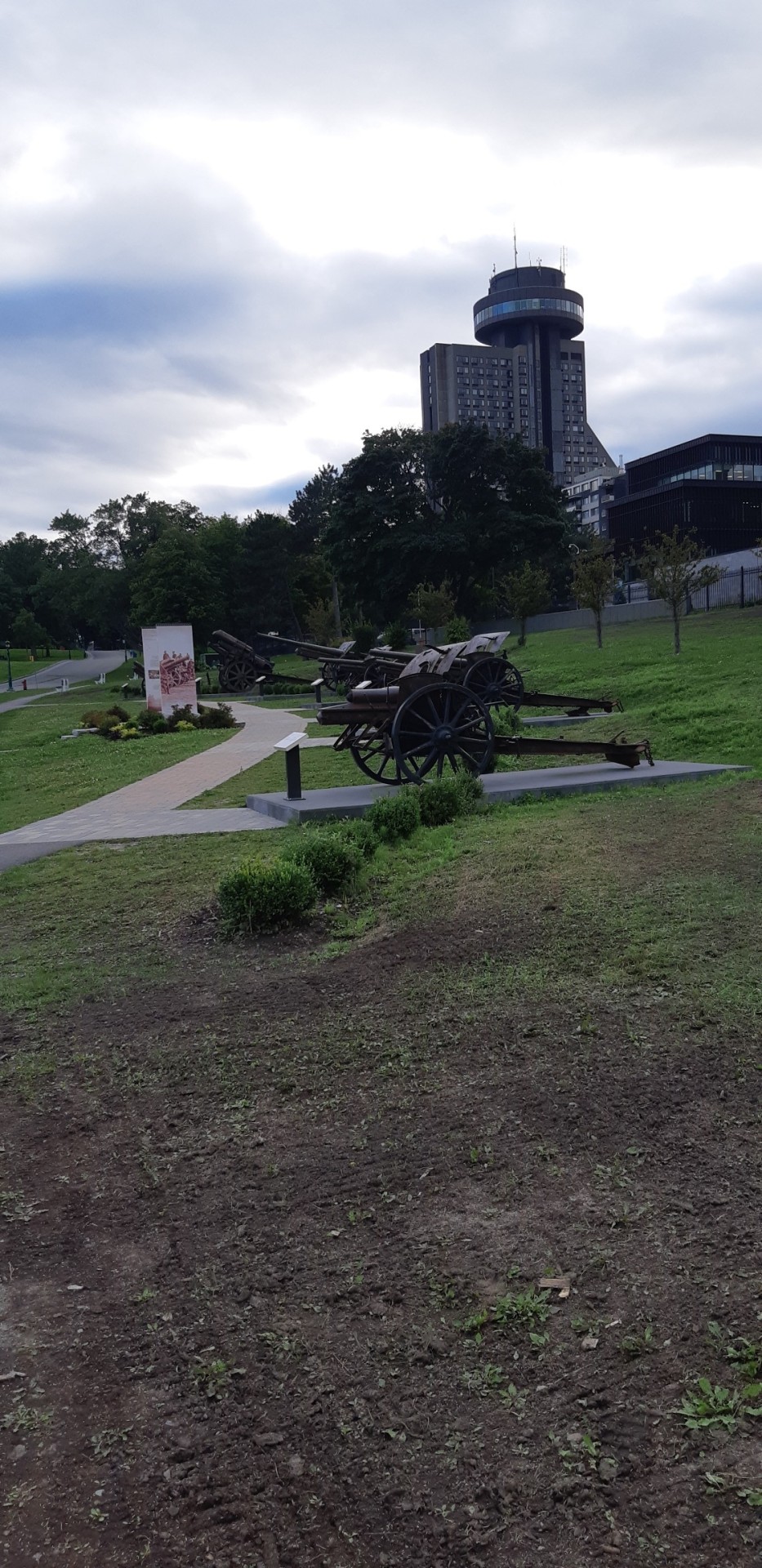
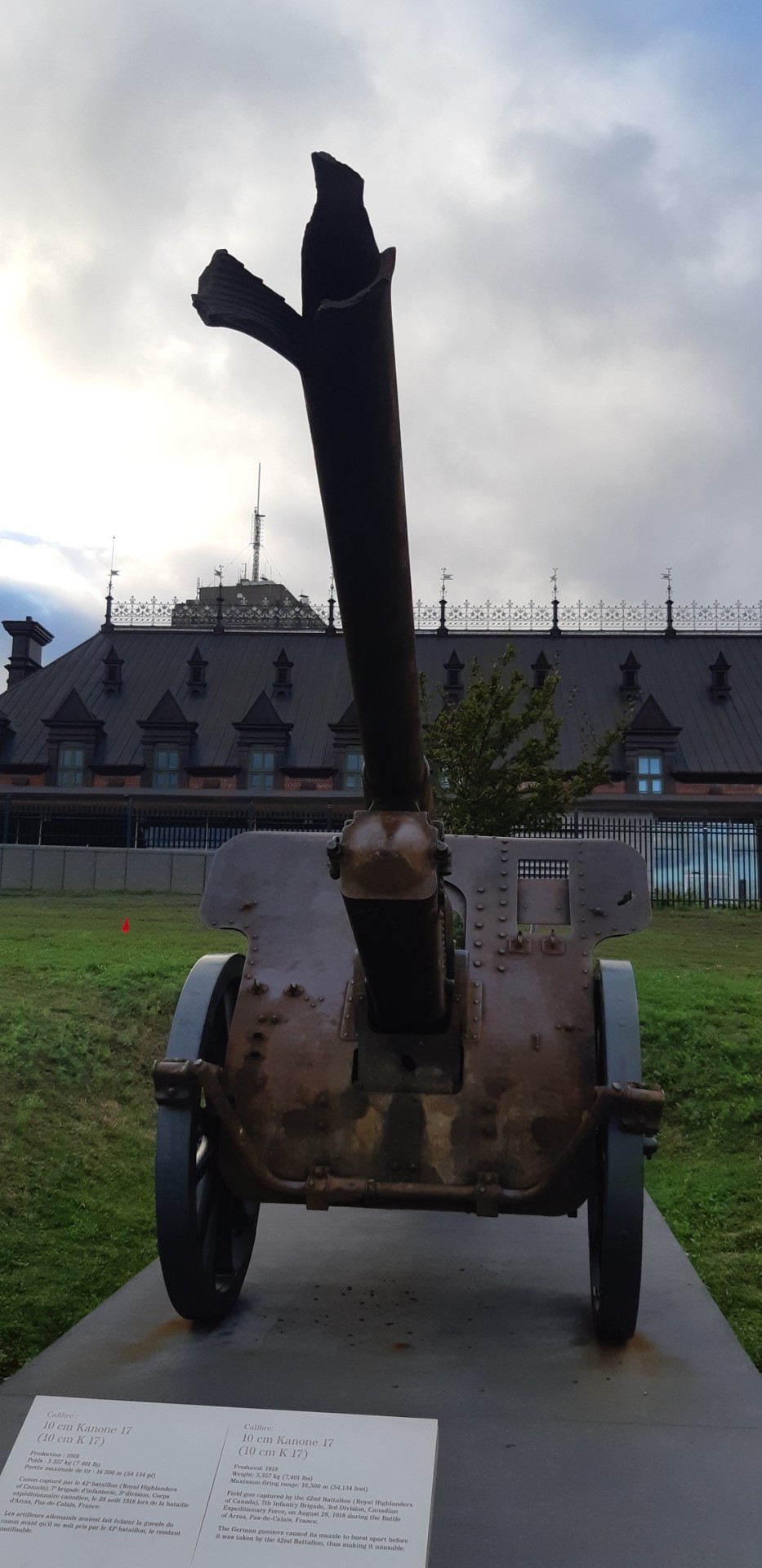
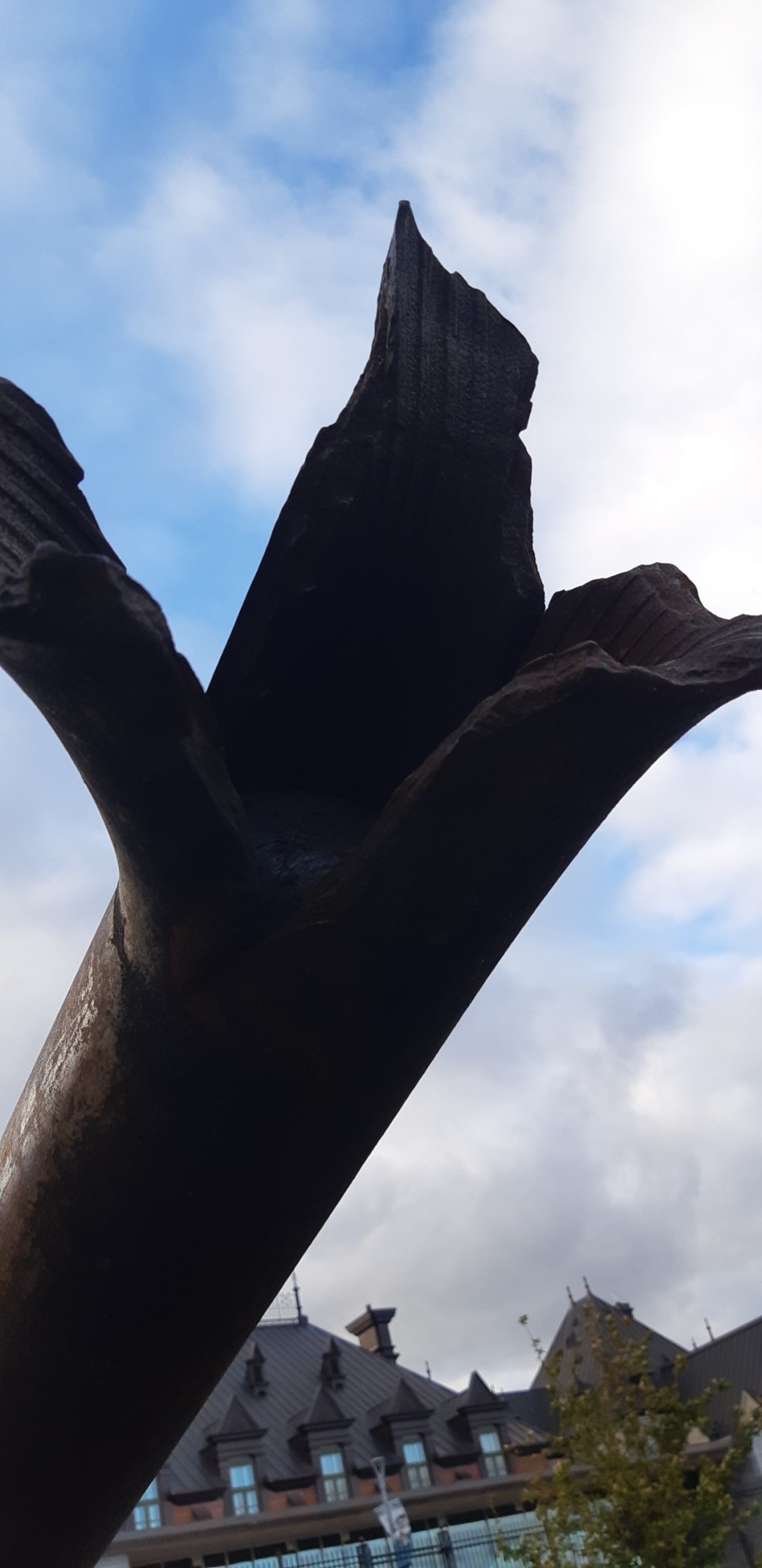
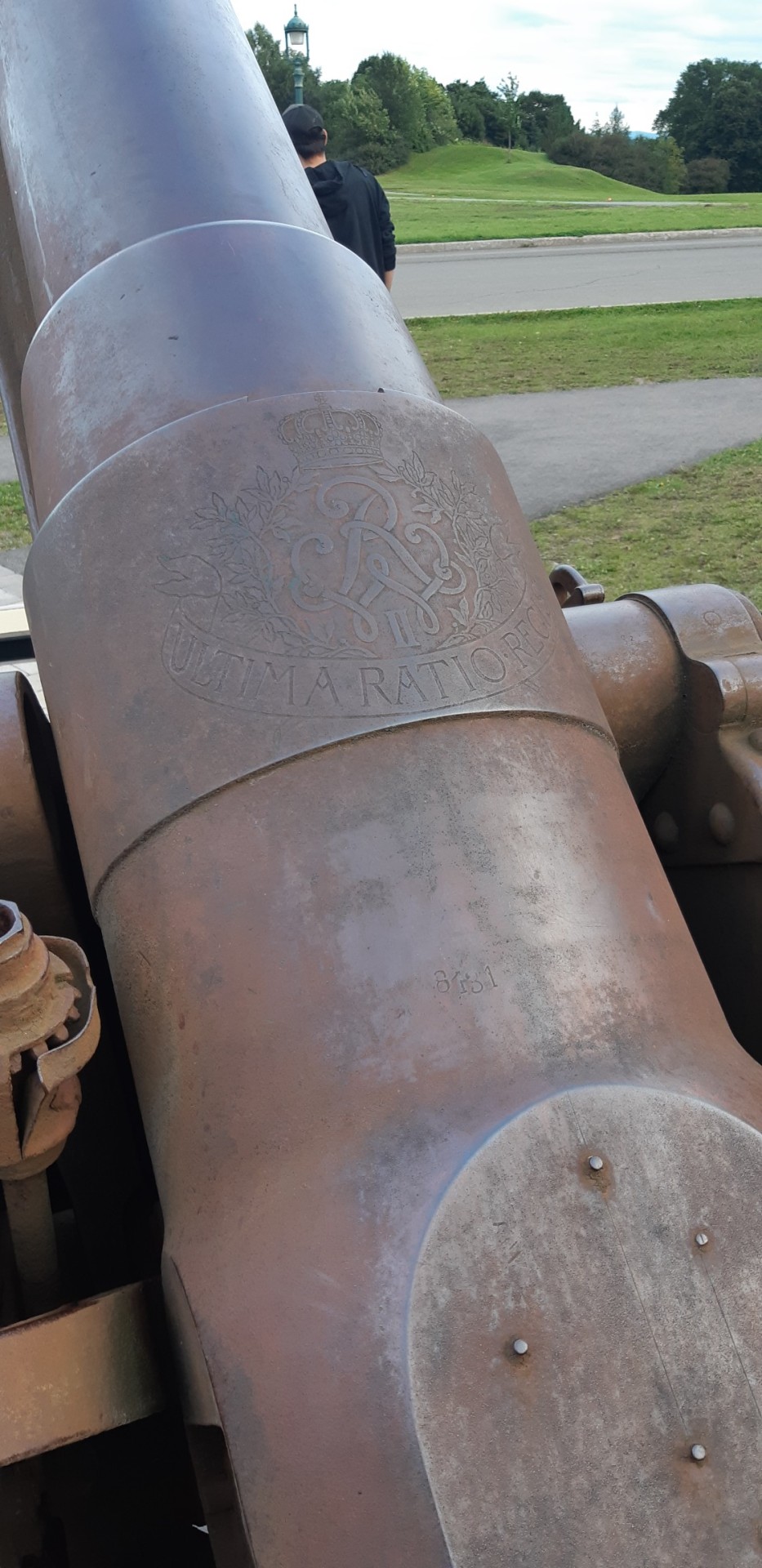
1 note
·
View note